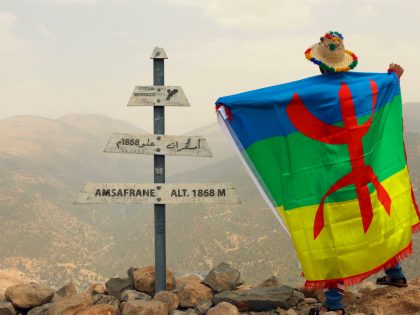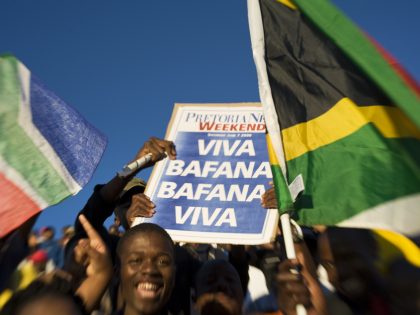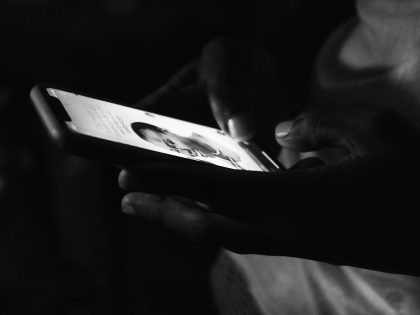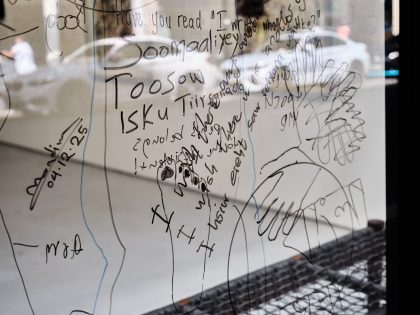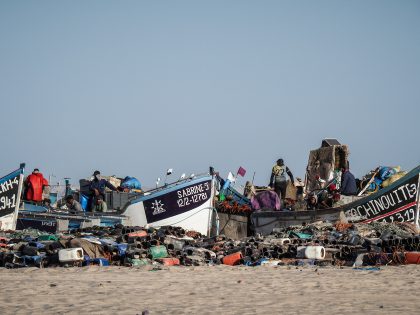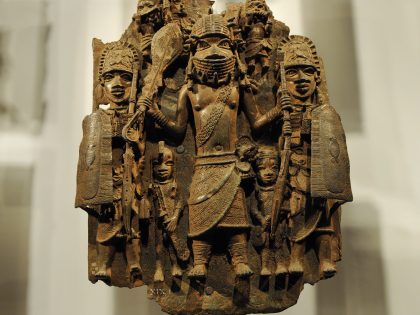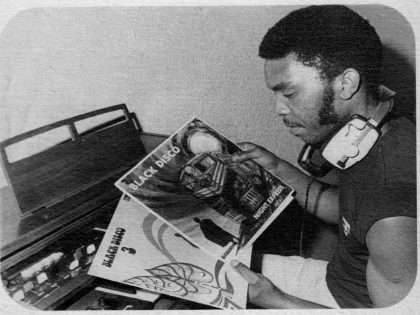Bwana Saves Africa

Today’s New York Times Magazine carries a fawning profile of John Prendergast, the force behind the Enough Project (reference: Congo, Darfur and now southern Sudan). Prendergast is described by reporter Daniel Bergner as “America’s most influential activist in Africa’s most troubled regions.” A former Clinton White House official, Prendergast probably wrote the book on how to utilize celebrity diplomacy. (Actors George Clooney, Angelina Jolie and Don Cheadle’s status as foreign policy experts originate with the Enough Project.) At best the article is interesting as a how-to manuel on influencing US foreign policy on Africa. At the same time reporter Bergner also undercuts his own thesis by conceding it is difficult to measure exactly Clooney and Prendergast’s importance in the recent surge of US public focus on Sudan. For the profile Bergner followed Pendergrast to southern Sudan where a referendum on the south’s political independence from the north is planned January 2011. Much of the information in the piece won’t be new to people familiar with Prendergast or developments in Sudan. Some readers may get a chuckle out of Bergner’s man-crush on Pendergrast. Bergner writes that Prendergast has “… wavy gray hair that fell to the shoulders of his T-shirt. The hair, along with the unshaven scruff on his chin, made for a look of dashing flamboyance that was undercut by bursts of boyish energy.” We also learn that Prendergast has no time for critics of his methods or his grasp of the issues, that he “has devoted all of his adult life to Africa,” and discovered “human suffering” when he saw scenes of Ethiopia’s 1985 famine on TV. Prendergast can’t stop himself from describing a first trip to Sudan in the 1980s as “… a bit of ‘Apocalypse Now’.” Not surprisingly, we also learn that he has been betrayed by Africans whom he has admired. Etcetera, etcetera.
Anyway, Howard French, former New York Times West Africa correspondent, best summed up the piece in a tweet: “Bwana saves Africa. Part 3,276. Barf. Will we ever get beyond such stories?“
